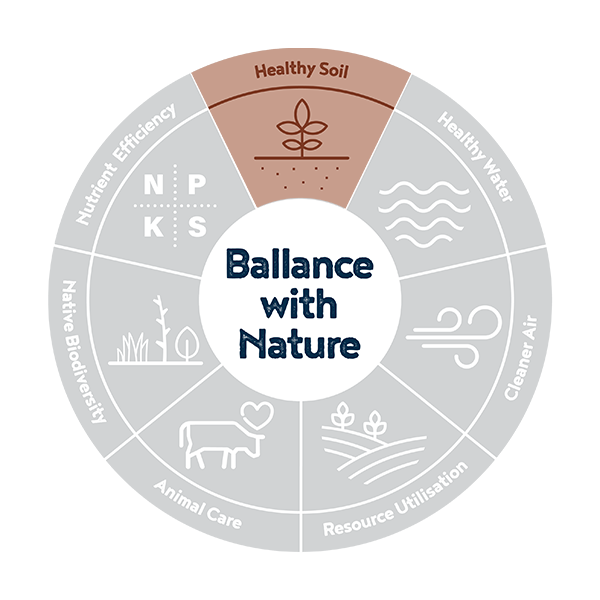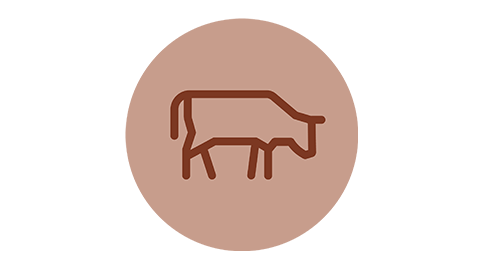Your guide to healthy soil
Everything we grow and eat depends on healthy soil - our whenua. When we get the balance right, healthy soil grows healthy food, protects our water quality, and can even help to mitigate the impact of greenhouse gases.
How can deferred grazing promote healthy soil?
Deferred grazing is when you temporarily remove an area of pasture from your grazing rotation, to help maintain pasture quality, over the whole farm. It's a low cost, low risk way to improve your soil health and the resilience of your farm system.
Promote healthier soil
One of the most significant benefits of deferred grazing is the higher moisture levels that are retained in the topsoil. This is critical in summer dry areas where there’s the risk of prolonged drought.
Research also shows pasture quality improves significantly in the following season after deferred grazing. By letting the pasture go to seed and removing grazing pressure, you’re allowing the plants to divert their energy into growing root mass. With this improved pasture quality, you’ll start to improve your soil health too, as roots can penetrate deeper into the soil, and moisture is retained year-round.
Improve farm system resilience
Deferred grazing also helps you build in some resilience around summer feed by providing an extra feed wedge at the end of the dry season. This can help reduce the cost and workload of buying and feeding out supplementary feed.
By removing some paddocks from the grazing round, the stocking rate is increased over the rest of the farm. As a result, the spring feed surplus is better utilised and pasture quality is maintained.





